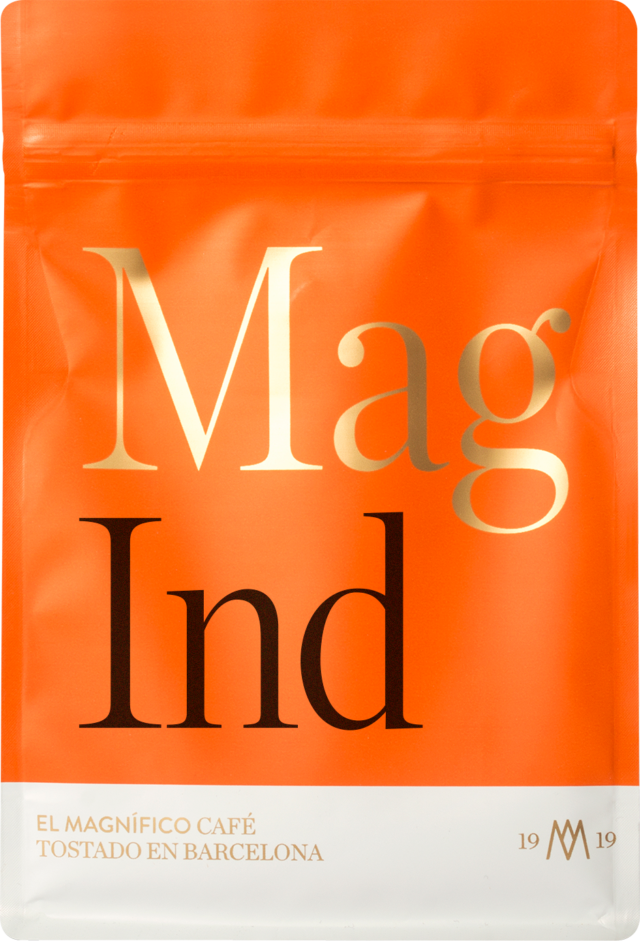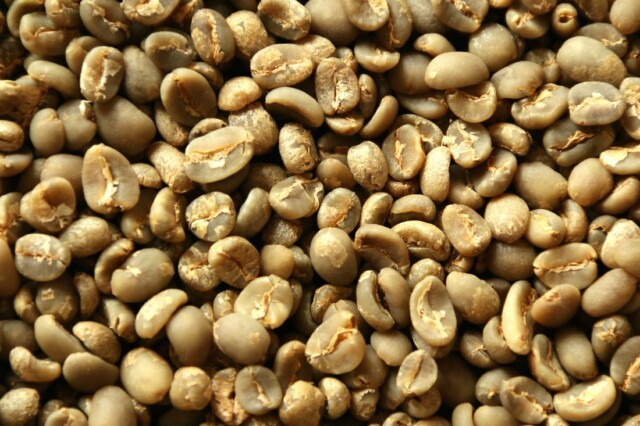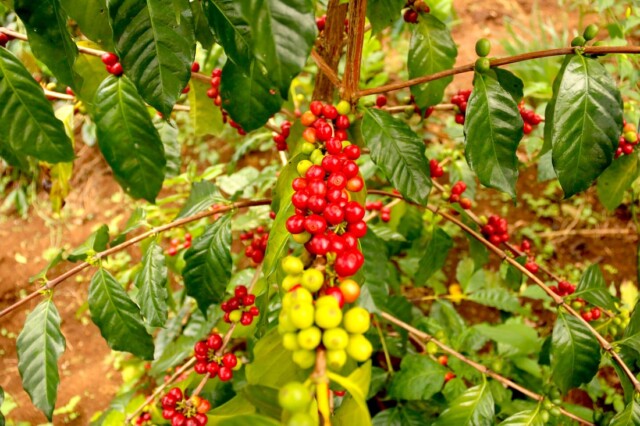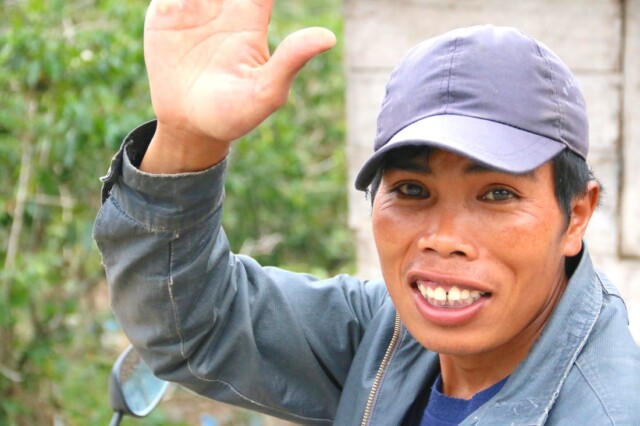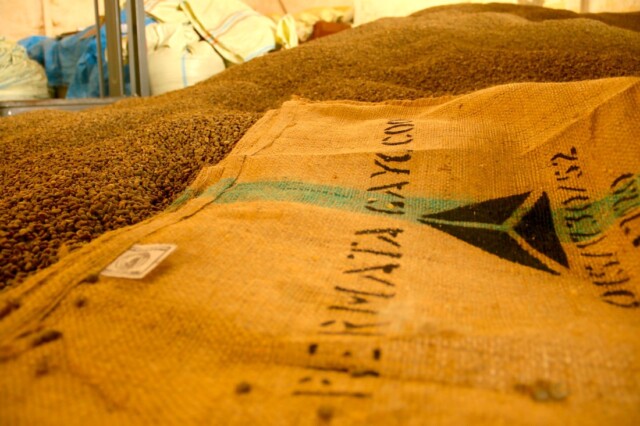Indonesia Kerinci
Cooperative
At the foot of the highest mountain in East Asia, Kerinci is the subdistrict of Gunung Tujuh. Living and working on this plateau are the 250 members of the Koerintji Barokah Bersama cooperative, headed by its manager: Tryiono.
Tryiono supervises the activities in and around nine UPH stations that are owned by the cooperative. A UPH works as a small washing station. The result of this whole process is that the members of the cooperative have a fixed buyer for their cherries, and the profit of the cooperative at the end of the year is invested in infrastructure to improve the quality or it is shared with the producers. Farmers also receive technical support and seedlings for shade trees in and around the farm. To expedite the operation, there is a coffee farmer who provides technical assistance to ensure that standard operating procedures are applied while processing at different stations. Each UPH is located in a different area and receives cherries from different groups of farmers.
In addition to producing and processing coffee at Gunung Tujuh, the Koerintji Barokah Bersama cooperative also toasts its own coffee. With the creation of the cooperative only a year and a half ago, their investments demonstrate commitment and effort to develop their line of specialty coffees.
Process Method | Giling Basah
The beneficiary in Indonesia, and more specifically in the islands of Sumatra and Sulawesi, is unique and deeply rooted in local culture. This, let’s call it the variation, gives the coffees of these islands a distinctive character by which they are known worldwide. A risky process due to the potential to generate defective aromas of wet or moldy soil but in the best batches offers unique profiles with high density, low acidity and aromas not found in other methods.
After harvest, the cherries are manually pulped and the beans loaded with their mucilage still very moist are fermented overnight (10 to 12 hrs) in plastic bags or wicker baskets and then washed by hand with clean water. They are then dried to moisture levels of 30% to 40% and here is the variation, at this point the parchment is removed and the grains are dried in the sun until finally they reach between 12% – 13 % moisture content. For the best lots the grains are classified by size and weight as well as passing through a manual selection.
Its grains have a beautiful dark blue-green color that resembles jade.
Cherries are harvested manually and come from lots that have gone through one, two or even three classifications. Because they are dry processed and are often allowed to dry on the ground in small villages, coffee grading is essential to remove sticks and stones that grains inevitably acquire, although triple grading does not necessarily improve cup quality if the milling has not been correctly executed.
Origin
Sumatra is a large island located on the western end of Indonesia, between the Indian Ocean and the Strait of Malacca. It is the 6th largest island in the world and the largest island that is entirely located in Indonesia (New Guinea and Borneo share borders with other countries). The Equator crosses Sumatra in its center, so the climate of the island is tropical, very hot and extremely humid.
The geography is intense and dramatic. The Barisan Mountains cross the island from north-west to south-east, covering approximately 1,600 km. and reach a point of maximum height of 3,800 m. on Mount Kerinci. The landscape not long ago has been dominated by lush tropical forests, but in the last 35 years, Sumatra has lost almost 50% of its native forest. This has caused to some of its native fauna to be in danger of extinction.
Aceh is a province of Indonesia. It is located in the extreme north of Sumatra, and its capital is Banda Aceh. Its population has the highest percentage of Muslim people in all of Indonesia. There are 10 indigenous ethnic groups living in the Aceh region, one of these groups are the Gayonese. They live in the highest lands of the region and today it has a population of approx. of 330,000 people.
The Dutch carried seedlings of coffee (C. arabica) to Java around 1700. This species spread quickly, and was the only one that was cultivated in islands of the archipelago for 2 centuries. Coffee reached the northern highlands of Sumatra in 1888 growing near Lake Toba and later near Lake Tawar (Gayo).
The Dutch again occupied the area violently between 1904 and 1942. It was during this period that the Gayonese developed a cash crop based economy on vegetables and coffee. Today there are a large number of small farmers in the area of Gayo, whose farms have an average size of half a hectare. For this reason they must be grouped and organized into cooperatives.
Sumatra coffees capture the essence of the wild jungle of this tropical island. We cup Sumatra after Sumatra to find this complex, herbaceous and veggie, sweet cedar profile. A corpulent drink that exhibits low acidity with a spicy and moist forest touch. A great Sumatra is creamy, sweet, with hints of butter, spices, and the smell of mushrooms (ceps / porcini).
13 € – 52 €
Envío gratuito a partir de 40€ de compra. (Península y Baleares)